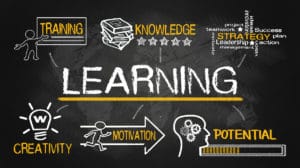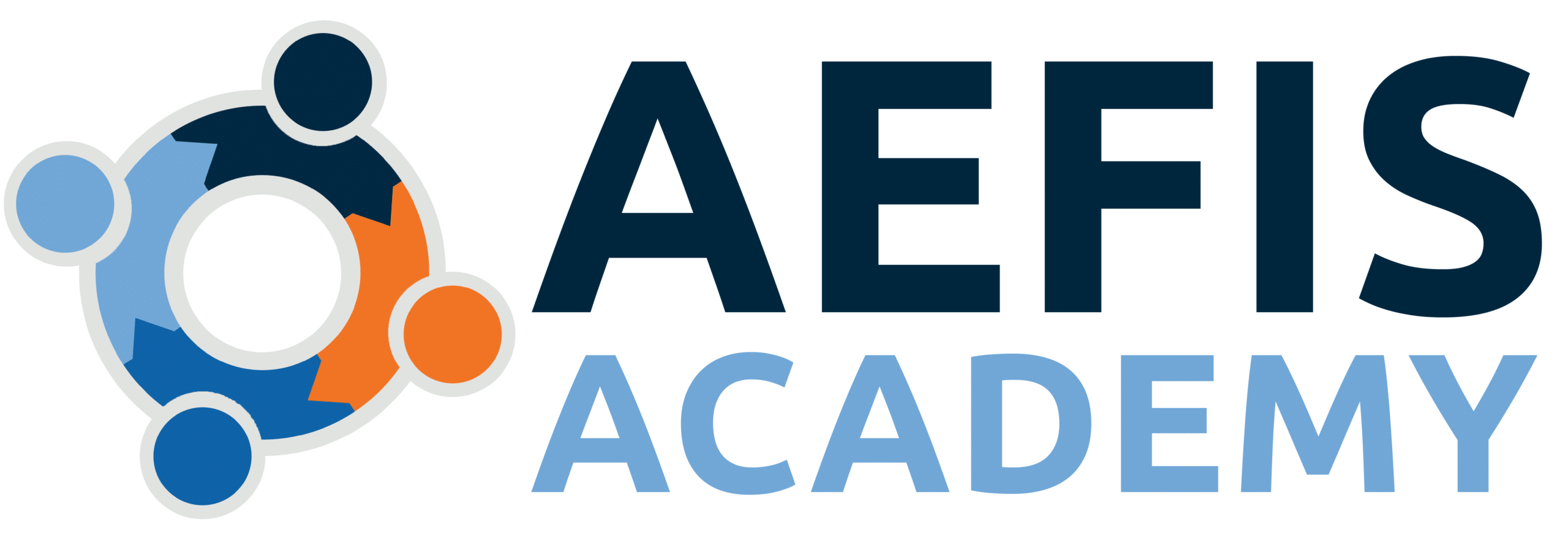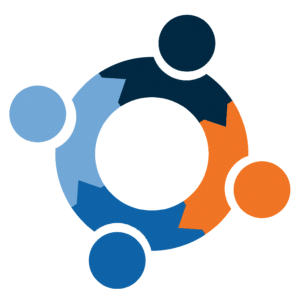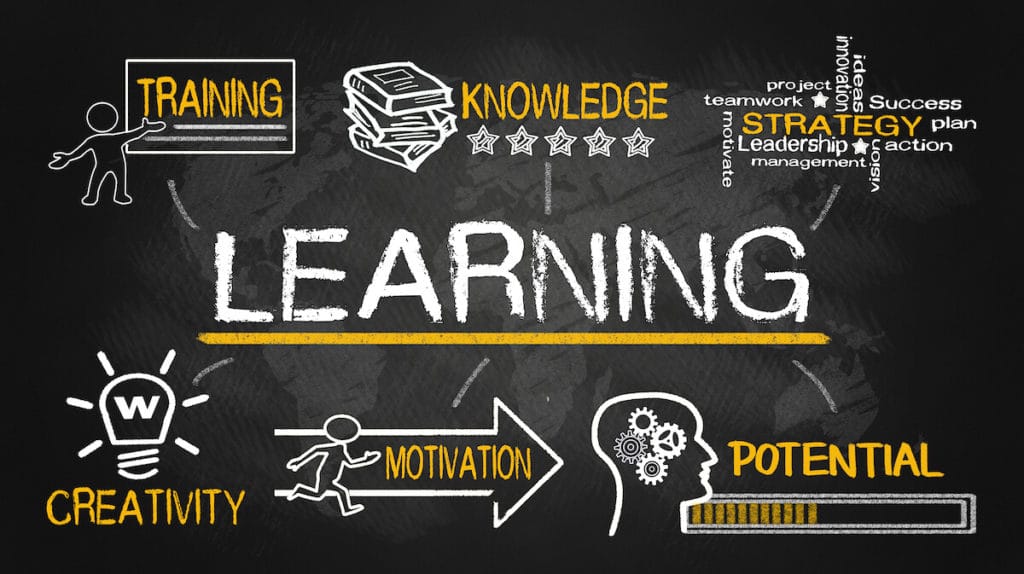
Lesson Outcomes:
- Determine how the emerging need CLR can support the value added of your certificate, degree, or modules
- Plan how to begin CLR at your institution based on your readiness inventory
The Challenge
The growing need for a transcript for lifelong learning is consistent with the current issues surrounding the value of higher education and its impact on future work. According to the literature, these emerging needs fall into three main areas: (1) the importance of remaining relevant; (2) increasing student self-efficacy by unpacking skills developed in both academic and work experiences; and (3) the promise of students becoming co-producers of their own learning.
“In Dell’s Digital Transformation Index study (2017), with 4,000 senior decision makers across the world, 45% say they are concerned about becoming obsolete in just 3-5 years, nearly half don’t know what their industry will look like in just three years’ time, and 73% believe they need to be more ‘digital’ to succeed in the future.”
Arming students with the skills they are developing through their coursework, co-curricular activities, prior learning and extracurricular experiences provides an opportunity for them to get ahead of this fear of becoming obsolete and align with the workforce needs in the region where they will likely begin their careers.
In addition, according to the 2017 National Longitudinal Survey conducted by the Bureau of Labor Statistics, people will hold an average of 12 jobs in their lifetime. With this type of movement, students need to not only feel empowered to find new job opportunities in their lifetime but glean from these experiences skills that support their growth and development. With this in mind, the Institute of the Future (2017) predicts that 85% of jobs that will exist in 2030 have not even been invented yet.
The need for Comprehensive Learner Record is not just to synthesize the knowledge, skills, and abilities that students develop in the variety of academic and non-academic experiences they are involved in during their higher education years, but to provide them with the capacity and belief that they could attain jobs that they never even considered.
“Iowa GROW® (Guided Reflection on Work) is focused on making student employment a “high-impact activity” – one that requires students to reflect on their learning and connect their learning within and beyond the classroom.” Its mission is driven by the need to unpack the skills students develop during their work experiences on campus as well as in the field outside of their campus experiences. They use target reflection and facilitate conversations between students and their supervisors using a series of questions:
- How is this job fitting in with your academics?
- What are you learning here that’s helping you in school?
- What are you learning in class that you can apply here at work?
- Can you give me a couple of examples of things you’ve learned here that you think you’ll use in your chosen profession?
Consistent with the literature on effective feedback, these probing questions are a platform for unpacking the learning in the work environments. According to Grant Wiggins (2012),
“Whether feedback is just there to be grasped or is provided by another person, helpful feedback is goal-referenced; tangible and transparent; actionable; user-friendly (specific and personalized); timely; ongoing; and consistent.”
Practices such as these enable organizations to help students capitalize on these experiences and support the emerging need to take these reflections and learnings with students through their lifelong learning trajectories. Having the digital means to share skills learned in experiences outside of the classroom with future employment or other academic opportunities is paramount.
Recommendations
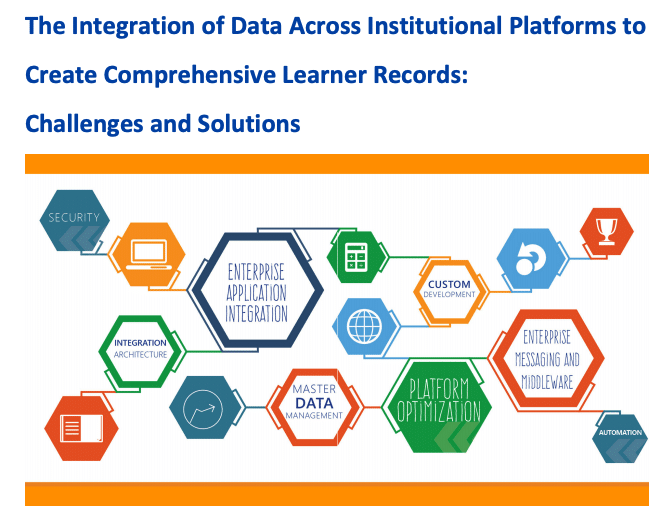
In its 2018 Comprehensive Learner Record Data Integration Workgroup Report, AACRAO provides important insights regarding student learning in jobs parallel to their academic programs. This think tank identified seven key outcomes from these types of experiences:
- Demonstrate effective stakeholder and customer-focused communication;
- Assess and contribute to customer satisfaction; corresponding through oral and written word;
- Appreciate diversity through valuing differences from their own — working effectively with individuals who may be different from themselves;
- Respect the values and beliefs of others by seeking out others to enhance their knowledge on diversity issues;
- Understand and abide by the office’s policies and procedures by being accountable for their work and maintaining a high level of accuracy and integrity with their work product;
- Enhance their intellectual growth by identifying what their job entails, using critical thinking skills in problem-solving, understanding how office processes are connected with one another; and,
- Apply prior information to a new situation or setting; and demonstrate leadership skills by setting goals, thinking creatively to improve the quality of our services, collaborating with coworkers, and projecting a positive image of themselves and the office.
These outcomes have been gleaned from thousands of work experiences that students have had during their concurrent educational experiences in their postsecondary lives. These skills are often left uncovered or even unrealized by students who are left to synthesize these experiences on their own and without the benefit of the mentors or even a digital record to share these experiences with future employers.
CLR as High Impact Practice– A quick example
According to Dr. Colin Suchland, Professor of Sociology at Lincoln Land Community College, CLR provides an opportunity for students to co-produce their learning, something that they have also been “left out of” in the traditional sense of outcomes and program planning.
“In academia we spend a lot of time telling students what they are going to get out of their courses and their programs. We give them a set of outcomes, and we teach to those outcomes. We assess those outcomes in terms of student achievement, and we make decisions based on that assessment. But what we fail to do is ask students directly what they want to get out of their academic experiences. We fail to involve students as stakeholders in their own learning. We fail to ask them what they need to be successful once they leave our classrooms and campuses. The promise of a Comprehensive Learner Record is to start a conversation with students about their goals, fears and expectations as they transition into their working lives.”
Providing opportunities for students to reflect on their goals and make concerted choices to become co-producers of their learning both in the classroom and outside and positioning these outcomes of learning on a CLR gives students a clear trajectory and understanding of how what they are learning adds value to their portfolio, which they can choose to share with employers.
